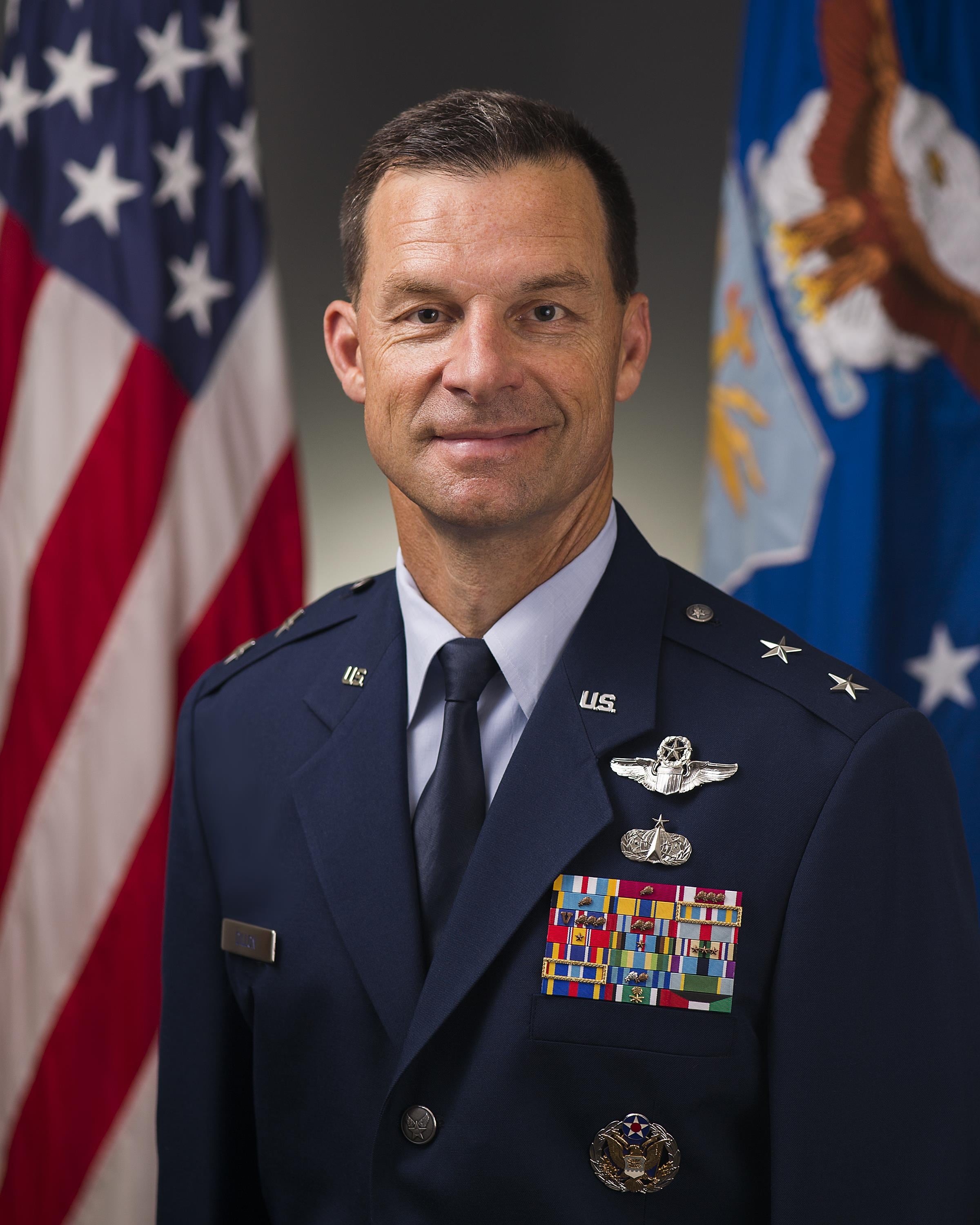Four more aircraft are headed to the Philippines, the Air Force announced, the next iteration of Pacific Air Forces' continuing rotations to the Asia-Pacific nation.
This time the temporary air contingent is four Navy EA-18G Growlers from Electronic Attack Squadron 138 at Naval Air Station Whidbey Island, Wash. The electronic warfare craft are headed to Clark Air Base in the Philippines.
They follow the first rotation that included five A-10 "Warthogs" and three HH-60G Pave Hawk helicopters, which left the region April 28.
Though the U.S. military has been engaging with countries in the region for years, leaders have recently stepped up the amount of personnel and equipment they're sending to the area as a counter to China's desire to control the South China Sea.
China's move to claim the stretch of ocean — and to construct military installations on artificially created islands in the region — has brought condemnation from members of the international community, including most of China's Asian neighbors.
Pacific Air Forces, which is overseeing the deployment, won't say how long the Growlers will be there, but said they'll train with Philippine air force personnel and their FA-50 fighter aircraft.
"We're excited to be able to integrate the Growlers as part of the ongoing air contingent there in the Philippines," Maj. Gen. Mark Dillon, the vice commander of PACAF, told Air Force Times. "It provides us an opportunity to train with one of our key allies in the region, just like we train and fly with many of our key allies and partners every day across that broad theater."
If the Growler deployment matches that of the A-10s, or similar deployments of F-22 Raptors to countries in Eastern Europe, the aircraft will likely be at Clark for several weeks.
For Dillon, it's a chance to help train Philippine pilots and crews in tactics, techniques and procedures.
"Our Philippine teammates got a flavor of how our A-10 crews and maintainers operate and now they're getting a slightly different flavor with the VAQ-138 folks," he said.
On the flip side, it's a chance for U.S. pilots from both the Air Force and Navy to get a taste of Philippine military life and operations.
"It obviously helps them understand some of capabilities that our Philippine teammates have and it gives them a better understanding of some of the challenges that our Philippine teammates have to face in that region of the world as well," Dillon continued.
Chances are high that before too long another air contingent will travel to the Philippines, and Dillon said PACAF is open to having Army or Marine aviation units participate in the future.

Maj. Gen. Mark Dillon, the vice commander of Pacific Air Forces, said U.S. rotations to partner nations like the Philippines help both nations hone their readiness and skills.
Photo Credit: Jim Varhegyi/Air Force
"I think it's been very successful," he said. "The fact that we're there in the Philippines is a great training opportunity for the U.S. … It helps bolster the U.S., whether it's Air Force or the Navy, helps us bolster our readiness."
Even without any tension in the region, the U.S. military often engages with partner nations. But the territorial ambitions of China have raised concerns in Southeast Asia and led to both political and military posturing.
Military leaders often won't directly address the situation publicly, but the Pentagon has sent a number of ships to pass through the South China Sea in areas China claims as its own but that most other nations in the region say are international waters.
Dillon pointed to comments made by President Barack Obama, Defense Secretary Ash Carter, and U.S. Pacific Command leader Adm. Harry Harris.
"We'll fly and operate in international waters in accordance with international law," he said. "The Philippines provide us that opportunity as well with an ally [to] prove to the international community that we can fly and operate safely in international airspace."
The Growlers aren't the only aircraft traversing the Pacific. Between June 13 and June 20, several B-52 Stratofortress bombers from Andersen Air Force Base in Guam deployed across the region, participating in training exercises in or near Australia, Japan and South Korea.
Getting the aircraft to their destination, running missions, and coordinating with partner nations is especially difficult in a command that covers 52 percent of the globe.
"That's from Antarctica to the Arctic and the West Coast of the U.S. all the way to India and the Indian ocean," Dillon said. "It is a challenging theater but our airmen, our people, are what make it happen."
Despite the distances, Dillon says PACAF is committed to working with all U.S. partners in the region.
"We accomplish over 200 events a year across the theater, whether that's two airmen going out doing a subject-matter exchange to large scale exercises like Red Flag-Alaska and everything in between," he said.





